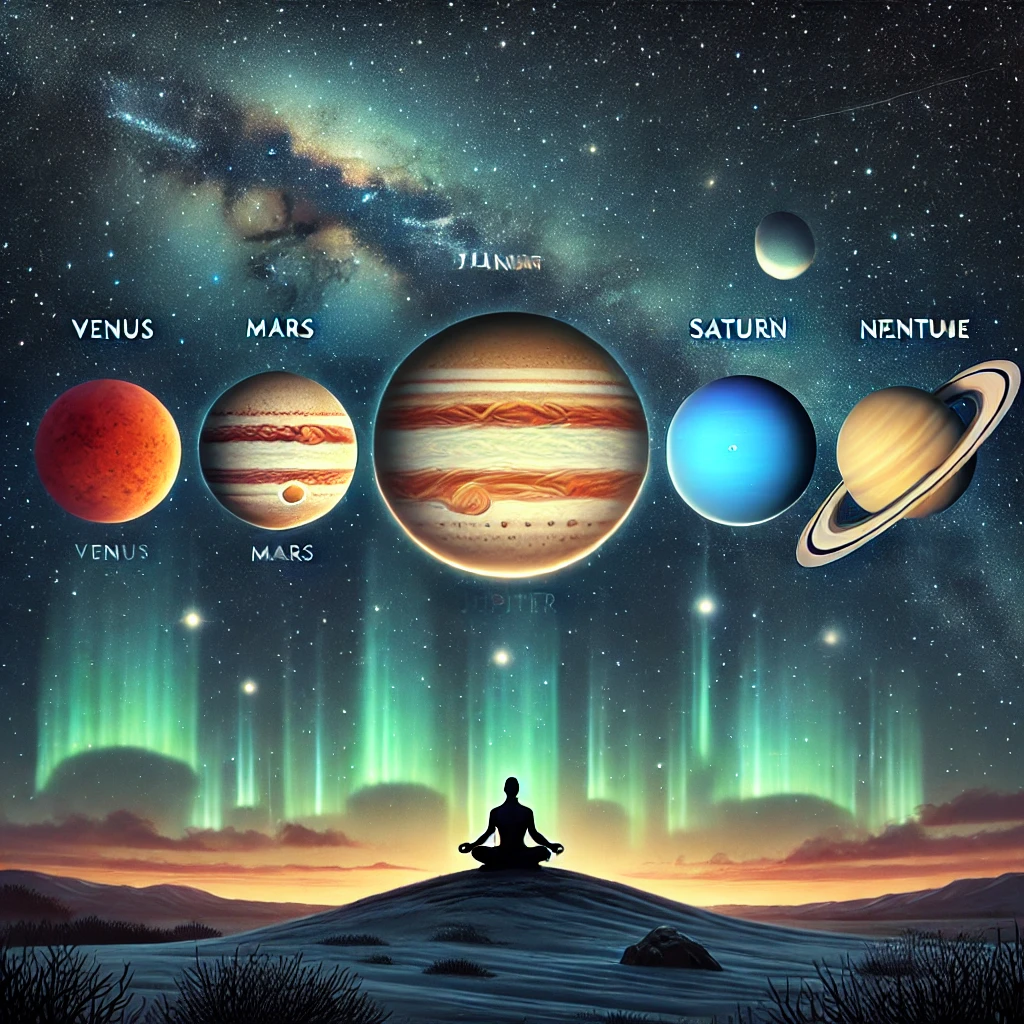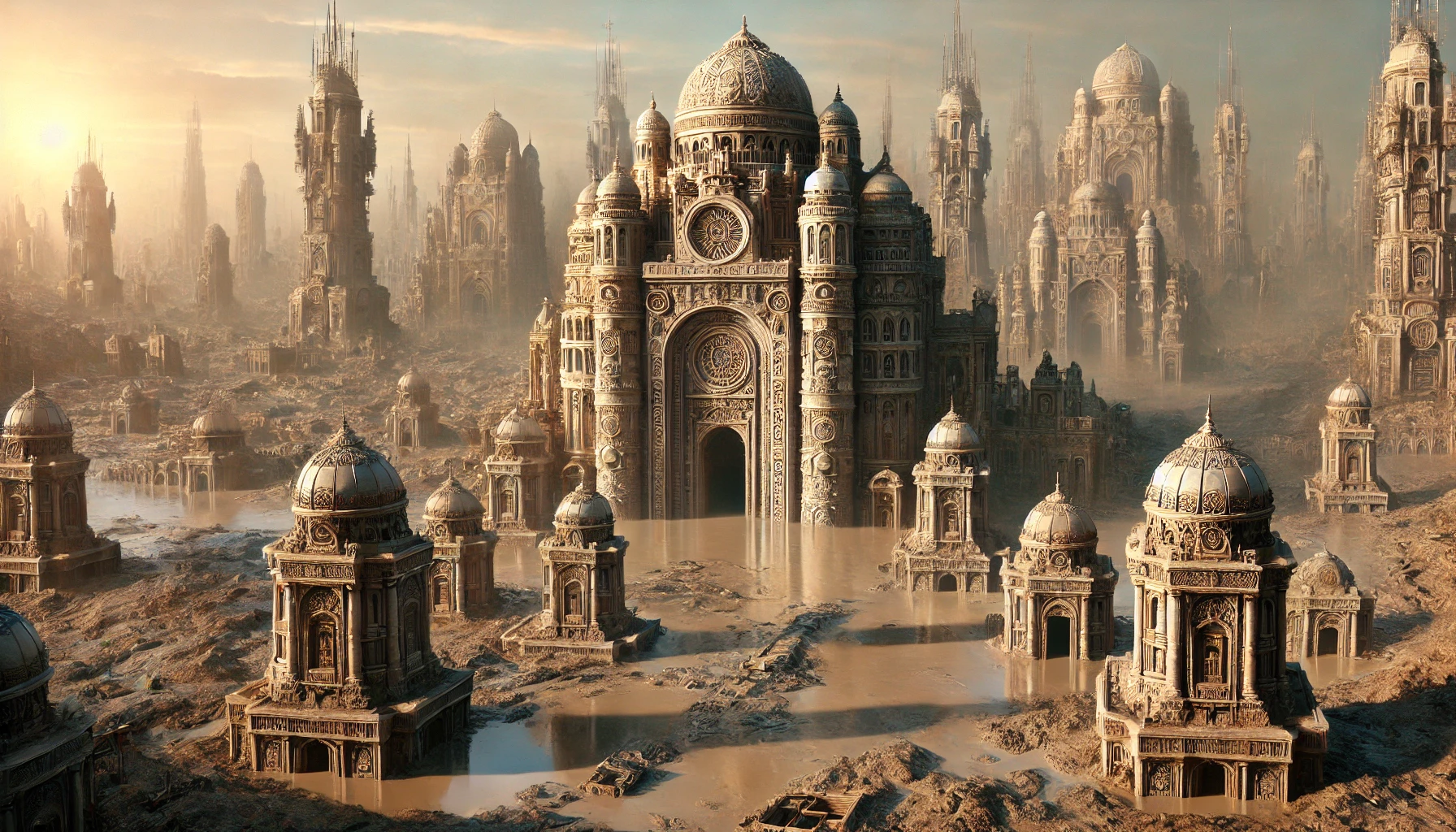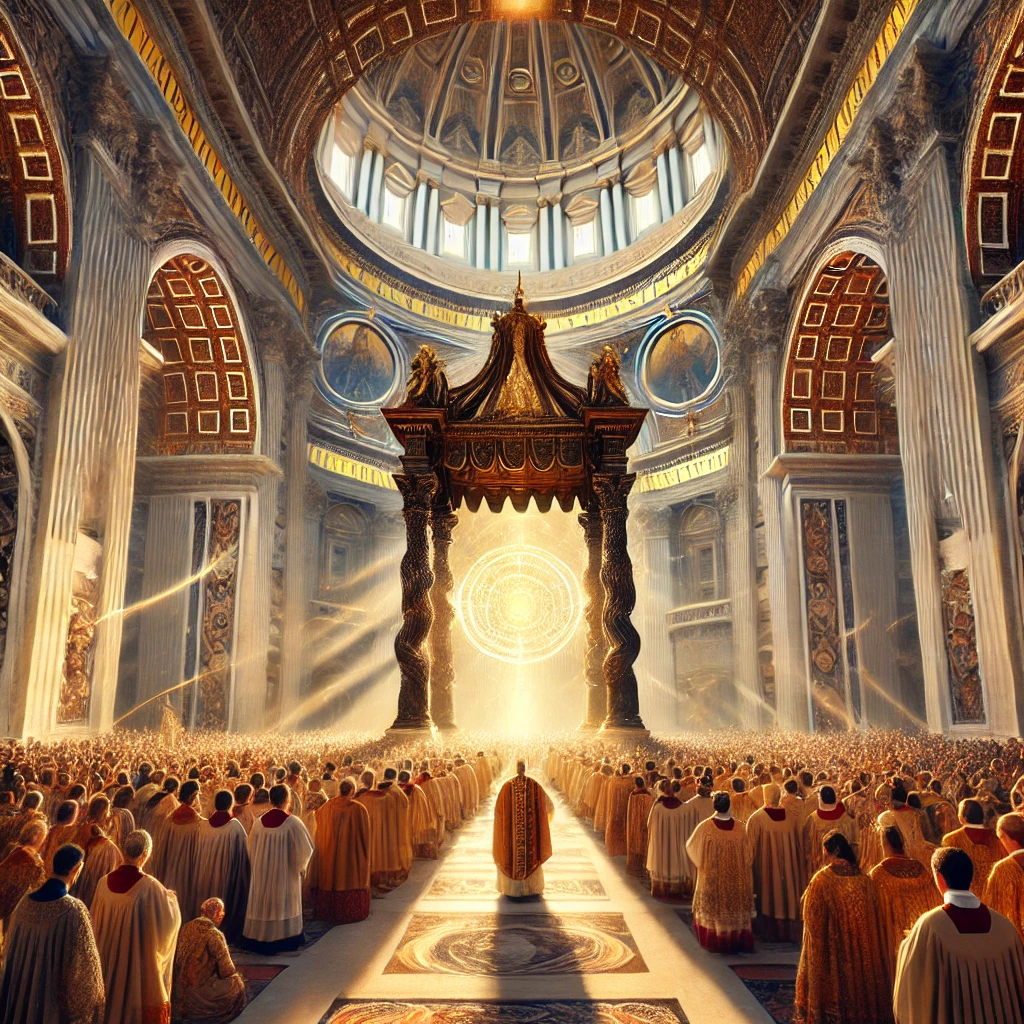
Egyptian Creation Myths: Unveiling the Origins of the Universe
In ancient Egyptian mythology, the question of creation was not answered by a single story but through a tapestry of myths reflecting the region's spiritual diversity. The Egyptians' view of the cosmos was deeply intertwined with their understanding of life, death, and rebirth, and their creation myths illuminate their perception of the divine and the natural world.
This blog delves into the core Egyptian creation myths, their symbolism, and their lasting influence on culture and spirituality.
Creation Myths Across Egypt
Ancient Egypt was divided into regions, each with its own religious centers and creation mythologies. While variations exist, the stories share common themes, such as the emergence of order from chaos and the pivotal role of divine beings in shaping the cosmos.
1. The Heliopolitan Creation Myth
Centered in Heliopolis, this myth revolves around the Ennead, a group of nine gods. It begins with the primordial waters of chaos, known as Nun.
- Atum, the creator god, emerged from Nun, representing the first act of creation. Atum self-generated or stood on a mound (the Benben) that rose from the waters, symbolizing the emergence of life from formlessness.
- Atum created Shu (air) and Tefnut (moisture), who in turn gave birth to Geb (earth) and Nut (sky). From Geb and Nut came four offspring: Osiris, Isis, Set, and Nephthys, who shaped the world of gods and humans.
This myth emphasizes the balance between chaos and order, with Atum as the unifying force guiding creation.
2. The Memphite Creation Myth
This story is rooted in Memphis, the city of Ptah, the god of creation, craftsmanship, and intellect. Unlike the more physical imagery of the Heliopolitan myth, the Memphite version emphasizes creation through the power of thought and speech.
- Ptah envisioned the world in his heart and brought it into existence by speaking it aloud. His words carried the creative force, reflecting the Egyptians’ belief in the power of language and ritual.
- In this myth, Ptah's intellect and voice establish cosmic order, highlighting the role of divine wisdom in creation.
3. The Hermopolitan Creation Myth
Hermopolis was the center of another significant creation story, focusing on the Ogdoad, a group of eight primordial deities. These gods were male-female pairs representing elemental forces:
- Nun and Naunet (water), Heh and Hauhet (infinity), Kek and Kauket (darkness), and Amun and Amaunet (hiddenness).
- These forces existed in a chaotic state until they worked together to bring forth the first mound of land, where the sun god Ra or Atum emerged.
This myth explores the interplay of opposites and the balance required to transition from chaos to creation.
4. The Theban Creation Myth
In Thebes, the focus shifted to Amun, a creator god who later merged with Ra to become Amun-Ra, symbolizing the hidden and visible aspects of the divine.
- Amun, existing in the formless void, willed himself into being and then shaped the universe. His role underscores the Theban belief in the mysterious and omnipotent nature of creation.
Symbolism in Egyptian Creation Myths
Egyptian creation myths are rich in symbolism that reflects both natural phenomena and spiritual principles:
The Primordial Waters
Nun represents the boundless, formless potential from which all life emerges. It reflects the Nile’s significance as the source of sustenance and renewal.The Benben Stone
The mound that rises from the waters symbolizes stability and the first act of creation. It is echoed in the pyramids’ shape, emphasizing life’s emergence from chaos.Light and Darkness
The appearance of the sun god from the waters of Nun signifies the triumph of light over darkness and order over chaos, central themes in Egyptian cosmology.The Role of Speech
In the Memphite myth, Ptah’s use of speech as a creative tool underscores the power of ritual words and their ability to manifest reality.
Influence on Egyptian Culture
The creation myths were more than stories; they shaped religious practices, temple architecture, and the Egyptians' worldview. Temples often mirrored the cosmos, with their inner sanctuaries representing the primeval mound where creation began. Rituals, hymns, and texts celebrated these myths, reinforcing the connection between humans, gods, and the universe.
The myths also guided the Egyptians' understanding of cycles—day and night, life and death, and the annual flooding of the Nile. These natural rhythms were seen as reflections of the divine order established during creation.
Modern Relevance
Egyptian creation myths continue to captivate scholars, spiritual seekers, and artists. They offer insights into humanity’s eternal quest to understand existence and the forces that shape the universe. The emphasis on balance, transformation, and the power of creation resonates across cultures and eras, inspiring new interpretations and applications.
Conclusion
The creation myths of ancient Egypt are profound expressions of a civilization’s attempt to comprehend the origins of life and the cosmos. Whether through the self-generation of Atum, the intellectual creativity of Ptah, or the elemental interplay of the Ogdoad, these stories offer timeless lessons about the interplay of chaos, order, and renewal.
By studying these myths, we not only gain a deeper appreciation for Egyptian culture but also uncover universal truths that continue to inspire humanity’s understanding of creation and existence.
Comments (0)
Categories
Recent posts


Planetary Alignment on January 25, 2025: ...
30/11/2024
Tartaria and the Mudflood
22/12/2024
The Vatican’s Jubilee Year - Rituals, ...
20/12/2024



